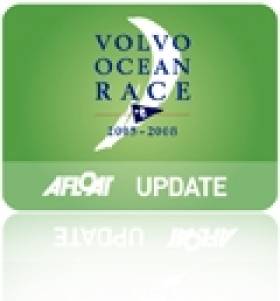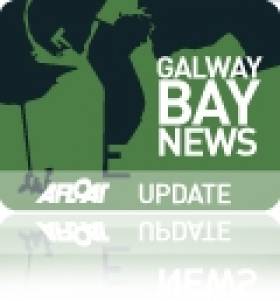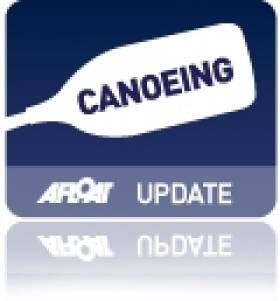Displaying items by tag: Switzerland
Puspure Wins in Switzerland in New Boat
#Rowing: Sanita Puspure won the women’s category at the Armada Cup in Switzerland. The Old Collegians sculler, competing for the first time in her new boat, was the fastest senior woman by over 20 seconds. Damir Martin of Croatia outpaced Mahe Drysdale of New Zealand to win the men’s open category. World champion Ondrej Synek was 12th.
Armada Cup, Bern, Switzerland (Selected Results)
Men, Open: 1 D Martin (Croatia) 33 mins 16.39 seconds, 2 M Drysdale (New Zealand) 33:40.73, 3 P Fraga (Portugal) 33:48.10.
Women, Open: 1 S Puspure (Ireland) 37:50.84, 2 M Milosevic (Croatia) 38:13.68, 3 K Milosevic (Croatia) 39:10.90.
Lightness, Strength and Rigidity Key to New VOR 65 Design
#VOR - In the latest video update following the construction of the Volvo Ocean Race's new one-design yacht, VOR expert Rick Deppe travels to the Decision plant in Lausanne, Switzerland to take a look at the production of the boat's internal structure.
The new footage shows the 'sandwich' construction of the lightweight internal frame of foam and carbon fibre which will give the yachts the strength and rigidity that will make them both fast and safe on the open sea.
Previously the series visited the USA, Italy and France for an all-round catch-up on the progress of the new VOR 65 design.
Fans of the Volvo Ocean Race should expect a "very forward thinking" design when the finished boat is finally unveiled ahead of the next edition of the round-the-world race.
As reported on Afloat.ie last week, Team SCA have unveiled the livery for their VOR 65 which they intend to launch when ready to race later this year.
Triathletes Cross the Line at First Galway Ironman
RTÉ presenters Kathryn Thomas and Gráinne Seoige were among the 2,000 competitors who crossed the finish line at the Ironman triathlon in Galway yesterday.
According to the Irish Independent, the duo took part in the relay competition in aid of Irish Autism Action.
Meanwhile, fellow celebrity and Boyzone star Keith Duffy took on the challenge of completing the entire 70.3-mile course, finishing with a time of 5 hours 40 minutes.
The first Ironman event to be held in Galway comprised a swim across Galway Bay, a 90km cycle across Connemara and a 21km run through the streets of the City of the Tribes.
However adverse conditions at the start of the race saw the swimming stage reduced from 1.9km to 1km for safety reasons.
Among the elite competitors, first home was Switzerland's Mike Aigroz, with a time of 3:50:12. Best among the Irish men was Cork's Owen Cummins at 4:01:26.
Britain's Lucy Gossage came first in the women's section at 4:02:09, while Irish national record holder Joyce Wolfe set a time of 5 hours 44 seconds.
Correction: The original version of this story had the distance of the swimming stage as reduced from 1.9km to 700m, but the official Ironman Galway website confirms the swim distance as 1km.
Smith Best of Irish at Junior Wildwater Worlds
Aisling Smith was the Irish team's best performer at the Junior Wildwater Canoeing World Championships in the Czech Republic, the Evening Herald reports.
Smith finished ninth in the women's K1 classic race at the event in Opava at the end of last month.
Her time of 17:48.31 put her 42 seconds behind the winner, Switzerland's Melanie Mathys.
Elsewhere at Opava, in the men's K1 classic Iomhar Mac Giolla Phádraig finished 23rd, Daniel Grimes was 43rd and Bearach O Casaide placed 44th. In the K1 men's team race the Irish placed 12th, and Mac Giolla Phádraig came 39th in the K1 sprint.































































